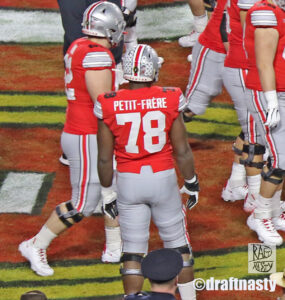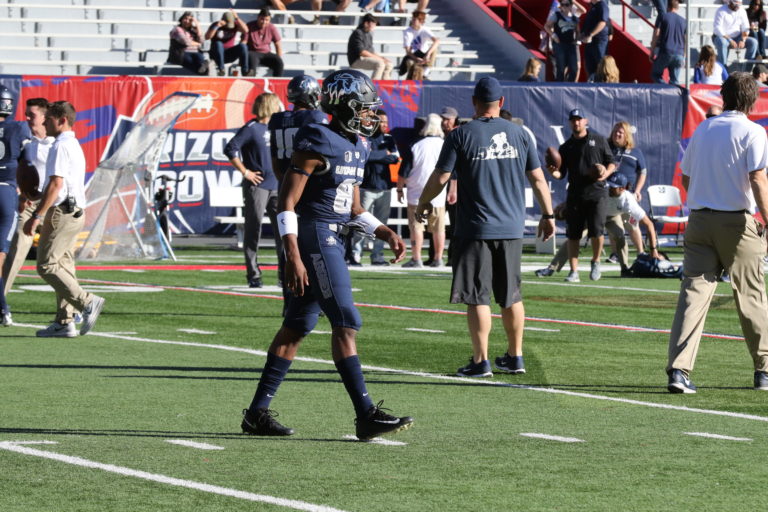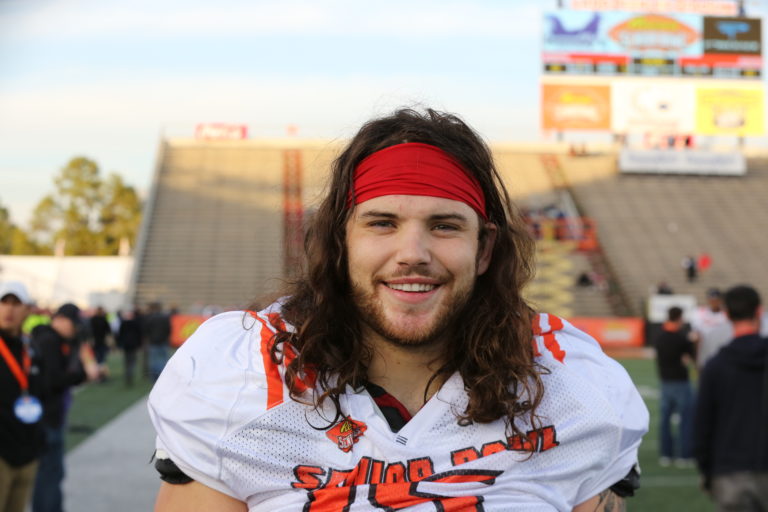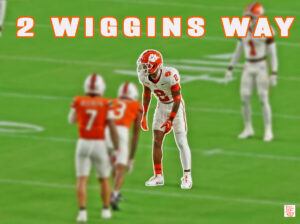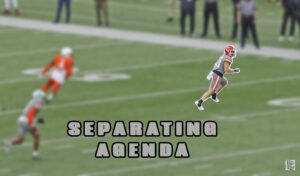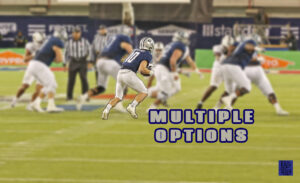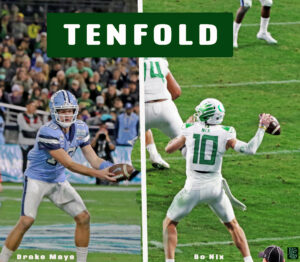Utah State wide receiver/kickoff returner Savon Scarver's foot speed and elusiveness have put him on a historic pace. Although he...
San Diego State
There aren't many quarterbacks who give up the ball and decide to become lead fullbacks. Former San Diego State Aztecs...
